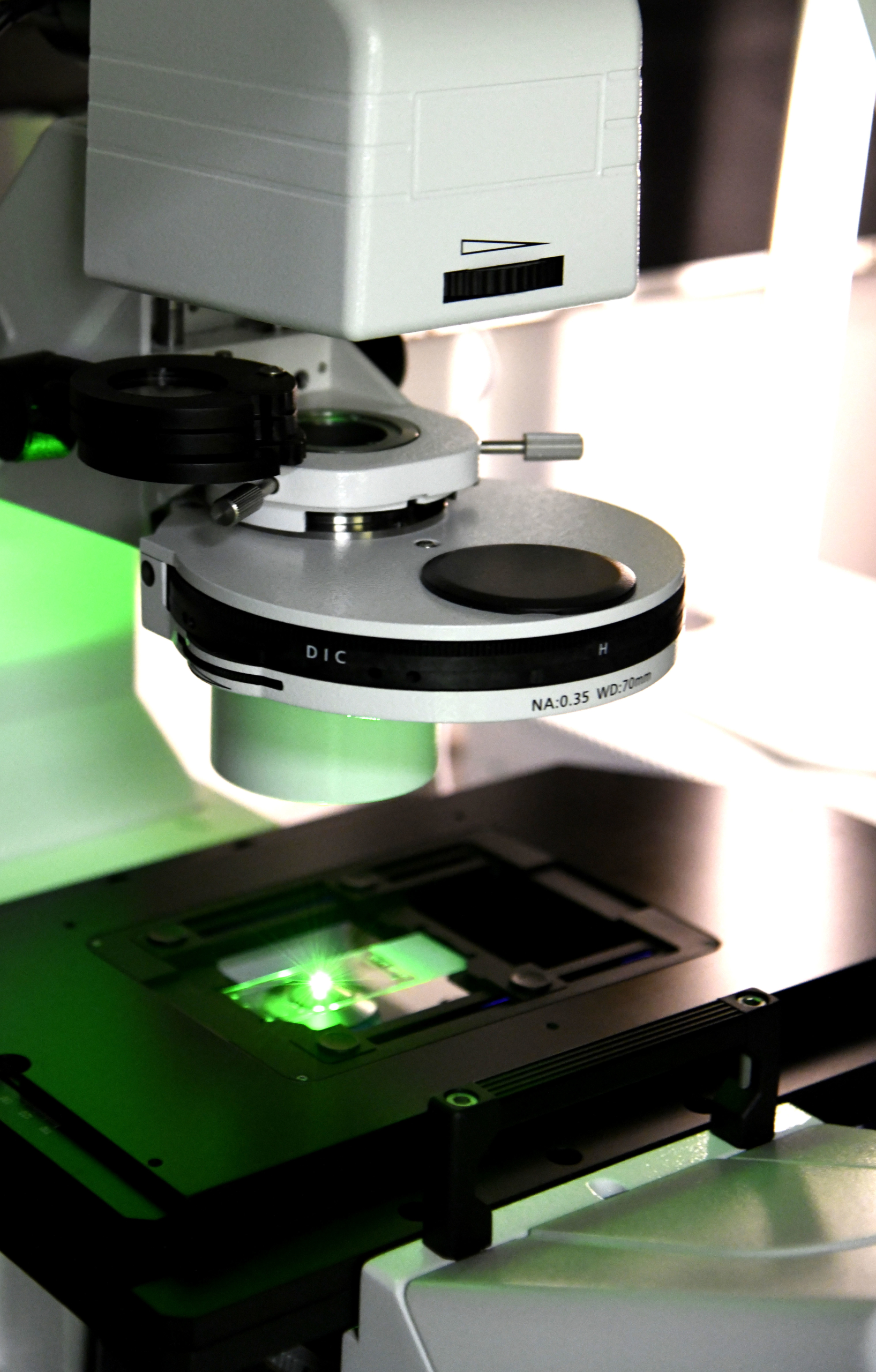
© Heiko Barg
Q01: Non-invasive imaging of gut, liver and their communication
Core project Q01 provides cutting-edge morphological, functional, and molecular imaging capabilities and advanced image analysis to support the CRC1382. Available techniques include MRI, contrast-enhanced CT, molecularly-targeted ultrasound as well as optical and nuclear imaging. These techniques enable a non-invasive characterisation of bowel and liver tissues in vivo, including measuring tumour growth, vascularization, angiogenesis, inflammation, and enzyme activities in liver, colon, and bile duct.
This project optimised multimodal MRI for liver characterisation, implemented hybrid MRI-fluorescence tomography, identified suitable optical imaging tags, and refined pharmacokinetic modelling. Our toolbox is constantly evolving and adjusted according to the specific needs of our CRC collaborators.
Key aims of our project are:
Imaging support: We support the CRC collaborators with various imaging tools to answer their gut-liver axis questions. Workshops and seminars inform the CRC members about our service offers.
Automated image analysis: We provide CRC members with established tools for automated image analysis, including feature identification and extraction, as well as subsequent radiomics analysis, and customise them to meet their needs.
Deep learning tools: Since imaging data analysis involves time-consuming and error-prone manual segmentation, deep learning tools will be implemented to reduce analysis time and improve reproducibility. In this context, Q01 is building a preclinical reference database with non-invasive multimodal data to enable artificial intelligence-aided automated image segmentation and analysis. Radiomics analysis providing features from first-order statistics, texture, and wavelet will be implemented to support the differentiation of pathological conditions.
Cell tracking: Our project explores direct and indirect cell labelling approaches to track cells in vivo with magnetic particle imaging and optical imaging for short-term and long-term observations. This is highly relevant as circulating cells are important communicators between the liver and gut, and bacterial colonisation is of high interest to the CRC.
Q01 offers state-of-the-art imaging services and develops new imaging techniques tailored to meet the needs of many projects of CRC1382. Non-invasive imaging capabilities will be expanded and supplemented by computational image analysis and cell tracking tools.
